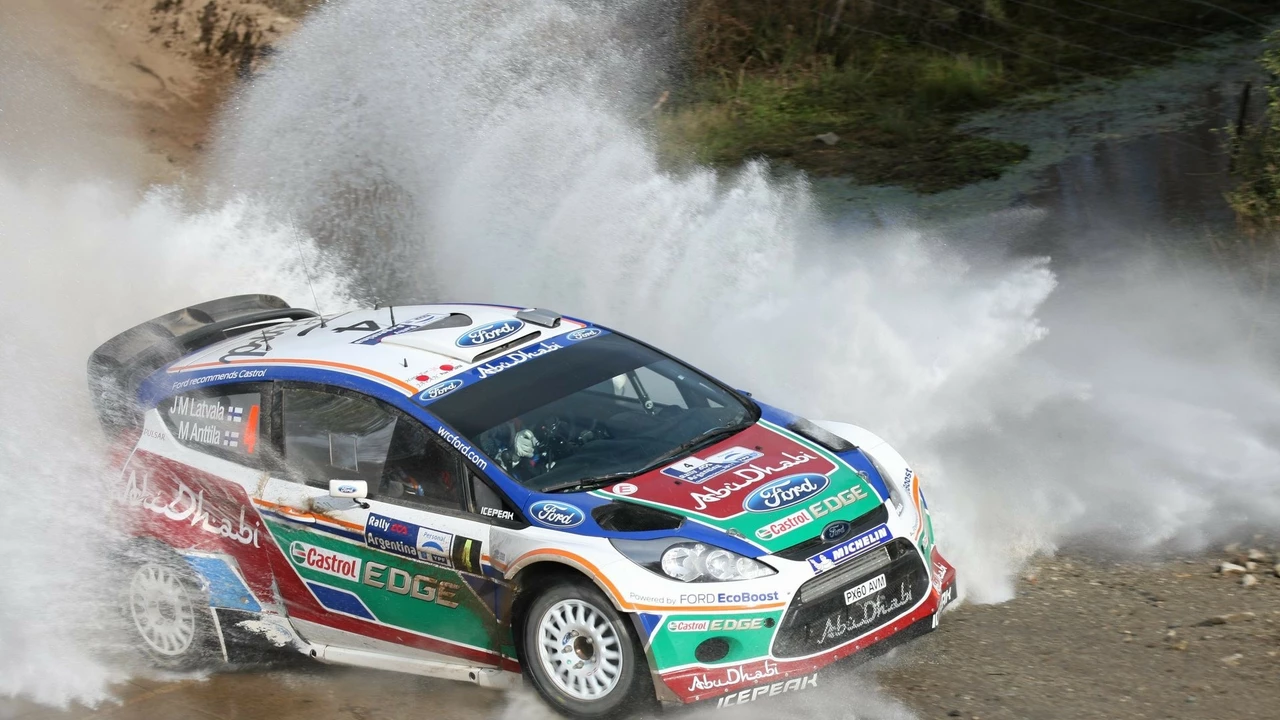Rally Usage Guide – How to Get the Most Out of Your Car and Skills
If you’re new to rally or have been tearing up gravel for years, you’ll notice that how you use your car matters as much as how fast it can go. This guide pulls together the most useful usage tips from our articles – handbrake tricks, remembering the course, and everyday prep – so you can drive smarter, not just harder.
Using the Handbrake Effectively
The handbrake isn’t just a safety tool; it’s a way to shave seconds off a tight corner. When you need to spin the rear wheels, pull the handbrake just enough to break traction, then steer into the slide. Too much brake and you’ll stall; too little and you’ll miss the angle. A good rule of thumb is to practice the pull on a low‑grip surface first, so you get a feel for the timing.
Most drivers use the handbrake to initiate a left‑hand hairpin on loose gravel. As you approach, brake normally, then give a quick tap on the handbrake while turning the wheel towards the inside of the corner. The car will yaw, giving you a tighter line. Remember to release the handbrake once the car is pointed where you want to go – that’s when you regain power and accelerate out.
Don’t rely on the handbrake for every turn. In high‑speed sections, a smooth throttle lift and weight transfer do the job better. Save the handbrake for low‑speed, tight sections where a slide can help you keep momentum.
Remembering the Course vs. Relying on Your Navigator
Experienced drivers often swear by muscle memory. After a few runs on the same stage, you’ll start to picture each corner as a mental landmark – a tree, a signpost, even a dip in the road. That mental map lets you anticipate changes without looking at the co‑driver’s pace notes every second.
Newcomers, however, should lean on their navigator. A clear, concise set of notes tells you when to turn, when to brake, and when to expect a jump. The key is trust: listen to the voice, then add your own observations as you go. Over time, the two will blend, and you’ll find yourself checking the notes less often.
One practical tip is to practice the “recall drill” after each run. Sit down, close your eyes, and run through the stage in your head. Name each turn and the surface change you felt. This reinforces the memory and speeds up future runs.
Whether you’re using a handbrake or recalling the course, the underlying principle is the same – use the tools you have, and practice them until they become second nature.
Finally, keep your car in good shape. Simple checks like tire pressure, brake fluid level, and tire wear can make a huge difference on a long rally weekend. A well‑maintained car responds predictably, which means your usage techniques work as intended.
With these tips in mind, you’ll start to feel more in control, whether you’re pulling a handbrake slide in the woods or trusting your memory on a familiar stage. Rally is as much about smart usage as it is about raw speed – and that’s what makes it so addictive.

What are the 2 sticks used by the driver in a rally car?
In the thrilling world of rally car racing, a driver relies heavily on two particular sticks. The first is the gear stick, used to shift between gears and manage the car's speed and power. The second is the handbrake lever, which is crucial for executing sharp turns and controlling slides. These two sticks, when used skillfully, allow the driver to navigate challenging terrains and tight corners at high speed. They are essential tools in the adrenaline-fueled sport of rally car racing.
read more
